High-rise buildings present unique challenges when it comes to electrical safety. With the complexity of electrical systems and the potential for significant hazards, it’s crucial to implement stringent safety measures. This article highlights key aspects of high-rise electrical safety to help ensure the well-being of occupants and the integrity of the building.
Electrical safety in high-rise buildings is crucial because of the potential risks linked to electrical faults, including fires, power outages, and equipment failures. Proper installation, maintenance, and inspection of electrical systems are essential to prevent these hazards and to safeguard lives and property.
Key Safety Measures
Electrical power systems in high-rise buildings have unique characteristics that must be carefully considered. Factors such as altitude, temperature, and barometric pressure affect the relative air density, which decreases as altitude increases. When designing electrical systems, it is crucial to take into account this combination of temperature, barometric pressure, and humidity for safety and efficiency.
Additionally, these considerations can vary significantly based on geographic location. For example, a high-rise built in the desert must address heat-related challenges, while one in California must account for earthquake risks. A building in Florida needs to consider hurricane preparedness, and a high-rise in Chicago must deal with winter weather and cold temperatures.
Electrical Inspections and Maintenance Concerns
Electrical and maintenance inspectors regularly inspect electrical systems in high-rise buildings to identify potential issues. Fire dampers, smoke detectors, and similar devices must be properly marked, maintained, and tested.
Inspectors ensure there are no visible defects in heating, cooling, and ventilation equipment, which can vary by floor. They verify that electrical components are maintained according to manufacturer guidelines and industry standards and that they are appropriately rated. Building personnel can avoid circuit overloads by ensuring proper load distribution and using correctly rated circuit breakers. Regular assessments of electrical loads and system upgrades are crucial, and inspectors enforce these standards.
Each floor must be inspected to confirm that all electrical wiring, luminaires, and appliances comply with local building codes. High-rise buildings must display plaques indicating the location of power source disconnects for quick access by emergency responders.
Overall, electrical inspectors are vital for high-rise electrical safety, conducting inspections, identifying hazards, and providing recommendations for improved safety and reliability.
Common Electrical Hazards in High-Rises
High-rise buildings, especially in cities like Chicago, pose unique electrical hazards that necessitate thorough inspection and maintenance. Common issues include overloaded circuits, which can lead to overheating and fires, and faulty wiring, which may cause electrical shorts and present fire risks.
Inadequate grounding is another significant concern, as it can result in electrical shocks and damage to equipment. Furthermore, the complexity of high-rise electrical systems means that any faults can have widespread consequences, affecting multiple floors and systems.
To prevent circuit overloads, building personnel should ensure proper load distribution and use appropriately rated circuit breakers. Regular assessment of electrical loads is crucial, and systems should be upgraded as necessary. Inspectors play a vital role in enforcing these safety requirements.
Localized Code Adoptions and Amendments
Ensuring compliance with locally adopted codes is essential for safety. Many cities with a high number of high-rise buildings have implemented specific codes that address their unique needs. For example, the City of Chicago follows the Chicago Electrical Code, while New York City adheres to the New York City Electrical Code (NYCEC).
The NYCEC is a tailored version of the National Electrical Code (NEC), specifically designed for New York City. It is enforced by the New York City Department of Buildings (DOB), which has established procedures for plan reviews, equipment approvals, and code interpretations to ensure adherence to the NYCEC. Additionally, the NYCEC includes extra requirements for high-rise buildings, emergency systems, and other elements specific to New York City. These requirements aim to enhance safety within the city’s complex and densely populated environment.
MOST Relevant NEC Sections
Inspecting high-rise electrical installations involves several important sections of the National Electrical Code (NEC). Here are some of the most relevant sections to consider. Keep in mind that these requirements can vary by jurisdiction, so it’s essential to always check your adopted electrical code for localized amendments.
Articles 230 to 250
Article 230 specifies the installation requirements for service conductors and equipment in high-rise buildings. It details how service conductors connect the utility’s service point to the building’s equipment and emphasizes the need for proper sizing and installation to meet electrical load demands. This includes having a main service disconnect and overcurrent protection.
The article mandates that service equipment be accessible and rated for the building’s electrical needs. Typically, a high-rise is allowed only one service unless exceptions apply, as outlined in Article 230.2. These exceptions include additional services for fire pumps, emergency systems, or when capacity requirements exceed specified limits. Very large buildings may also require extra services if their capacity exceeds 2,000 amperes or if their load exceeds a single service’s capabilities.
Article 250 outlines the requirements for grounding and bonding, which are essential for ensuring the safety and reliability of electrical systems in high-rise buildings. High-rise structures often utilize a concrete-encased electrode as part of their grounding system. This process involves embedding a grounding conductor within the building’s foundation to provide a low-resistance path to the earth. Additionally, a ground ring may be installed around the perimeter of the building to further enhance the effectiveness of the grounding system. The article also specifies the installation requirements for Ground Fault Circuit Interrupters (GFCIs) in particular locations, helping to protect against ground faults and improve safety in high-rise buildings.
Articles 300 to 362
Article 300 outlines the general requirements for wiring methods and materials, which are essential for ensuring the safety and reliability of electrical installations in high-rise buildings. It provides guidelines for installing conduits and raceways, which protect electrical conductors. This includes specifications for rigid metal conduit (RMC), electrical metallic tubing (EMT), and flexible metal conduit (FMC). Additionally, the article details the proper use and installation of cable trays, commonly used in high-rise buildings to support and organize extensive cable systems.
Article 300 also contains provisions for wiring methods in hazardous locations, which can be found in certain areas of high-rise buildings, such as mechanical rooms or regions with flammable materials. High-rise buildings that house healthcare facilities must adhere to additional wiring requirements to ensure the safety and reliability of electrical systems in these important areas.
Section 300.11 specifies the requirements for securing and supporting conductors and raceways, a critical measure in high-rise buildings to prevent physical damage and ensure the stability of electrical installations.
Section 300.19 addresses the requirements for supporting conductors in vertical raceways, which is vital in high-rise buildings where conductors may span multiple floors. Proper support is necessary to prevent excessive stress on the conductors and to ensure safe operation.
Articles 320 to 340 address various types of cables and wiring methods that are crucial for ensuring safe and reliable electrical installations in high-rise buildings. These cables include armored cable (AC), flat cable assemblies (FC), flat conductor cable (FCC), medium voltage cable (MV), metal-clad cable (MC), and nonmetallic-sheathed cable (NM).
- Type AC cable is commonly used in high-rise buildings for its flexibility and protection against physical damage.
- Type FC cable is used in high-rise buildings for its ease of installation in tight spaces and its ability to be run in air voids of masonry block or tile walls.
- Type FCC cable is used in high-rise buildings for its low profile and ability to be installed under flooring materials.
- Type IGS cable is used in high-rise buildings for high-voltage applications where space constraints and safety are critical.
- Type MV cable is used in high-rise buildings for medium voltage power distribution, providing reliable power to various floors and systems.
- Type MC cable is widely used in high-rise buildings for its durability, flexibility, and ability to be installed in vertical runs without additional supports.
- Type MI cable is used in high-rise buildings for fire alarm systems, emergency lighting, and other critical circuits where fire resistance is essential.
- Type NM and NMC cables are less commonly used in high-rise buildings due to their limitations in commercial and industrial environments.
- Type TC cable is used in high-rise buildings for its versatility and ability to be installed in cable trays, providing organized and efficient power distribution.
- Type SE and USE cable is used in high-rise buildings for service entrances and feeders, providing reliable power from the utility to the building.
- Type UF cable is used in high-rise buildings for underground feeders and branch circuits, ensuring reliable power distribution in outdoor and underground environments.
Articles 342 to 362 cover various types of conduits and raceways, including rigid metal conduit (RMC), electrical metallic tubing (EMT), and flexible metal conduit (FMC), which are essential for protecting and routing electrical conductors in high-rise buildings.
- Intermediate Metal Conduit (IMC) is often used in high-rise buildings for its durability and ability to be installed in concrete, direct contact with the earth, and wet locations
- Rigid Metal Conduit (RMC) is commonly used in high-rise buildings for its strength and ability to protect conductors from physical damage and corrosion.
- Flexible Metal Conduit (FMC) is often used in high-rise buildings for short runs to equipment that may require movement or vibration isolation.
- Liquidtight Flexible Metal Conduit (LFMC) is used in high-rise buildings where protection from moisture and flexibility are required, such as in mechanical rooms or areas with exposure to water.
- PVC conduit is used in high-rise buildings for underground installations and areas where corrosion resistance is essential.
- Electrical Metallic Tubing (EMT) is commonly used in high-rise buildings for its ease of installation and cost-effectiveness.
- Electrical Nonmetallic Tubing (ENT) is used in high-rise buildings for its flexibility and ease of installation in concealed spaces.
Article 408
Article 408 pertains to the installation of switchboards, switchgear, and panelboards, which are essential for distributing electrical power throughout a high-rise building. These components play a critical role in managing and protecting the building’s electrical system. It is important to use Article 408 in conjunction with other relevant NEC articles, such as Article 250, which covers grounding and bonding; Article 240, which addresses overcurrent protection; and Article 300, which focuses on wiring methods.
Articles 500 to 516
Articles 500 to 516 provide essential guidelines for electrical installations in hazardous locations. These articles are crucial for ensuring safety in high-rise buildings, where the presence of flammable gases, vapors, dust, or fibers can pose significant risks.
- Article 501 addresses areas where flammable gases or vapors may be present in sufficient quantities to create explosive or ignitable mixtures. In high-rise buildings, this could include mechanical rooms or storage areas for flammable materials.
- Article 502 focuses on areas where combustible dust may be present. In high-rise buildings, this might involve locations where dust-producing processes occur, such as certain manufacturing or maintenance operations.
- Article 503 pertains to areas where easily ignitable fibers or flyings are present. In the context of high-rise buildings, this could include spaces where textiles or other fibrous materials are handled or processed.
- Article 504 outlines requirements for intrinsically safe systems, which are designed to prevent ignition in hazardous locations. These systems are essential in high-rise buildings to ensure the safety of electrical installations in classified areas.
- Article 505 introduces a zone classification system, which serves as an alternative to the division system used in Articles 501 to 503. This system classifies hazardous locations based on the frequency and duration of the presence of hazardous substances.
- Article 506 follows a similar approach, using the zone classification system for areas with combustible dust and fibers. This article is especially relevant for high-rise buildings that engage in processes generating dust or handling fibrous materials.
Articles 620 to 695
Article 620 addresses the installation of electrical equipment and wiring associated with elevators, dumbwaiters, escalators, moving walkways, platform lifts, and stairway chairlifts. This article is especially important in high-rise buildings to ensure the safe and efficient operation of these systems.
Article 690 pertains to solar photovoltaic (PV) systems, including array circuits, inverters, and controllers. It applies to both stand-alone systems and those that interface with other power generation sources. High-rise buildings may have multiple PV systems installed on or within their structures as long as they adhere to the requirements of Article 690. Additionally, high-rise buildings are required to implement rapid shutdown systems for PV arrays to ensure the safety of emergency responders. Article 690 outlines specific requirements for rapid shutdown equipment and procedures.
Article 695 outlines the requirements for wiring fire pumps, ensuring that their circuits remain operational during a fire. High-rise buildings must have dependable power sources for these fire pumps. According to Section 695.3, fire pumps can be supplied either by a separate service or from a connection positioned before the service disconnecting means. Additionally, an on-site standby generator can serve as an alternative power source.
Articles 700 to 770
Article 700 outlines the requirements for emergency systems, including wiring, transfer switches, and emergency lighting.
Article 701 pertains to systems that are mandated by law to supply power during emergencies, such as fire pumps and elevators. This article outlines guidelines for the proper installation of wiring and overcurrent protection devices to ensure the safe operation of these legally required standby systems. In high-rise buildings, these standby systems can provide backup power for elevators, ventilation systems, and other critical services essential for the safety of occupants during an emergency.
Article 702 addresses systems that supply backup power for optional loads, thereby improving the reliability of high-rise buildings. The load on the standby power source must be calculated according to Article 220 or another approved method to ensure that the system can adequately support the intended load.
Article 705 outlines guidelines for connecting power production sources to the supply side of the service disconnect, ensuring adequate ampacity and overcurrent protection. It also discusses connections to the load side of the service disconnect, providing requirements for feeders and bus taps. High-rise buildings frequently incorporate solar photovoltaic (PV) systems to lower energy costs and promote sustainability. The article includes guidelines for safely integrating these systems into the building’s electrical infrastructure.
Article 708 focuses on Critical Operations Power Systems (COPS), which are vital for ensuring power continuity in facilities that need to operate continuously for public safety, emergency management, national security, or business continuity. This article is especially important for high-rise buildings, as it helps guarantee that critical systems stay functional during emergencies or disruptions.
Article 750 addresses the installation and operation of energy management systems (EMS). It is especially relevant in high-rise buildings for optimizing energy use, ensuring system reliability, and maintaining safety. EMS in these buildings monitor and control electrical loads to promote efficient energy consumption.
Section 750.30 allows EMS to manage loads, except where specific conditions apply, such as the need to maintain minimum electrical capacity for critical systems like fire pumps and emergency systems. Section 750.20 ensures that EMS do not override controls essential for the continuity of alternate power sources, which is crucial for fire pumps, healthcare facilities, and emergency systems. This is vital in high-rise buildings to ensure safety and reliability.
Article 760 governs the installation of fire alarm systems, which include circuits that are controlled and powered by the fire alarm system itself. This applies to fire detection, alarm notification, guard tour, sprinkler water flow, and sprinkler supervisory systems. For high-rise buildings, Article 760 outlines specific requirements for supporting the vertical installation of fire alarm cables, ensuring they remain intact and functional during a fire.
Article 770 addresses the installation of optical fiber cables, which are becoming increasingly essential for communication and data transmission in high-rise buildings. It is vital to use fire-resistant optical fiber cables, particularly in areas where these cables pass through fire-rated walls or floors. Article 770 outlines the requirements for both fire-resistant cables and circuit integrity (CI) cables. Additionally, it mandates that optical fiber cables should not obstruct access to electrical equipment. This regulation ensures that maintenance and emergency personnel can easily reach and service the electrical equipment when necessary.
Article 800
Article 800 addresses the installation of communication circuits and equipment, which are vital for ensuring reliable and safe communication systems in high-rise buildings. This article specifies the types of cables permitted for communication systems, including plenum-rated, riser-rated, and general-purpose cables. These cables must adhere to specific fire safety standards to prevent the spread of fire and smoke. Additionally, Article 800 outlines guidelines for grounding communication equipment and connecting it to the building’s grounding system
These sections address a broad range of requirements, including emergency systems, grounding, wiring methods, and specific cable types. Ensuring compliance with these sections is essential for the safety and reliability of electrical installations in high-rise buildings.
Conclusion
Ensuring electrical safety in high-rise buildings is crucial for protecting occupants and preserving the building’s integrity. Building owners and managers can greatly minimize the risk of electrical hazards by implementing regular inspections, adhering to codes and standards, using high-quality materials, and preparing for emergencies. Electrical inspectors play a vital role in this process, ensuring that all systems are safe, compliant, and reliable.

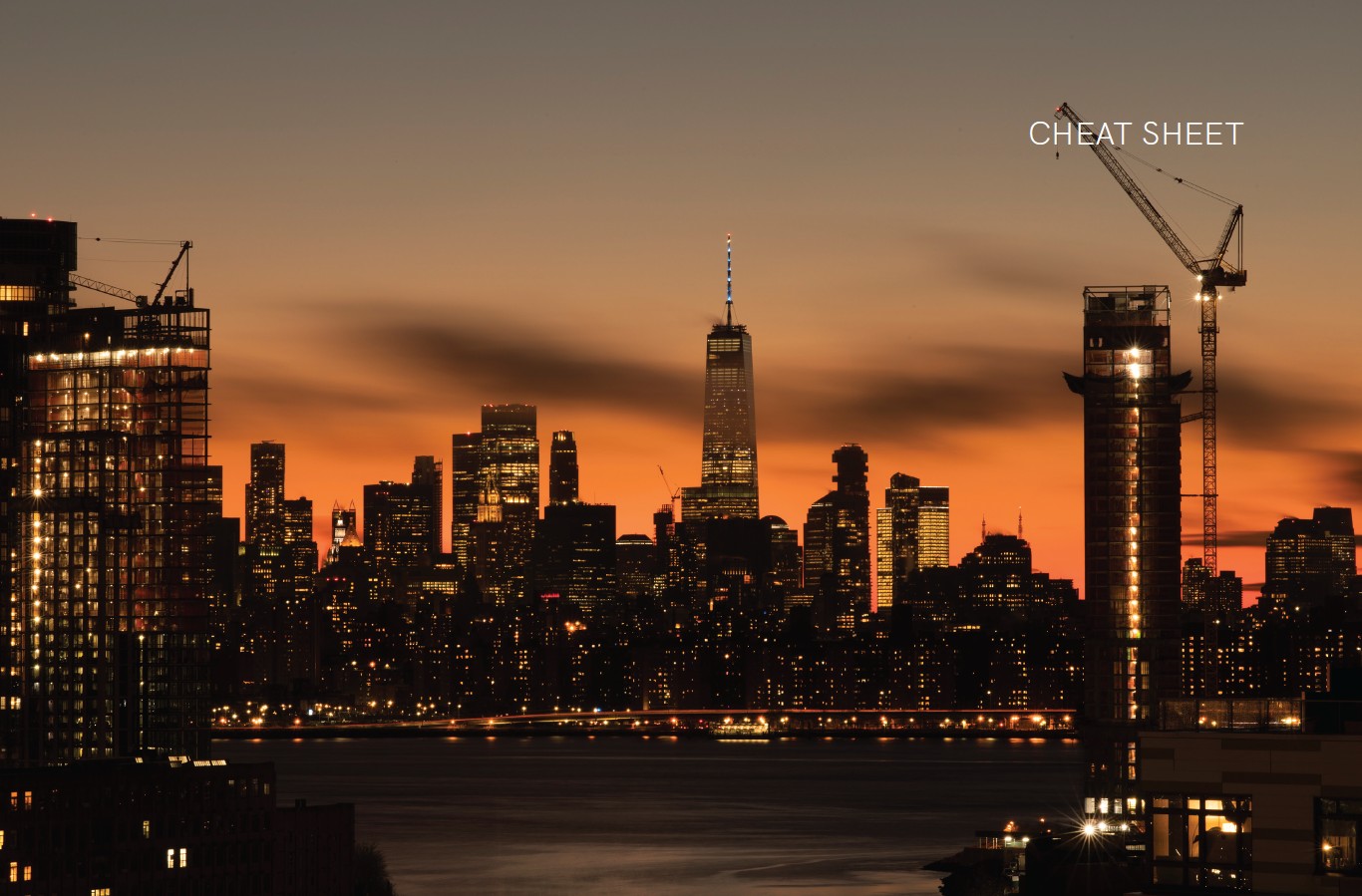
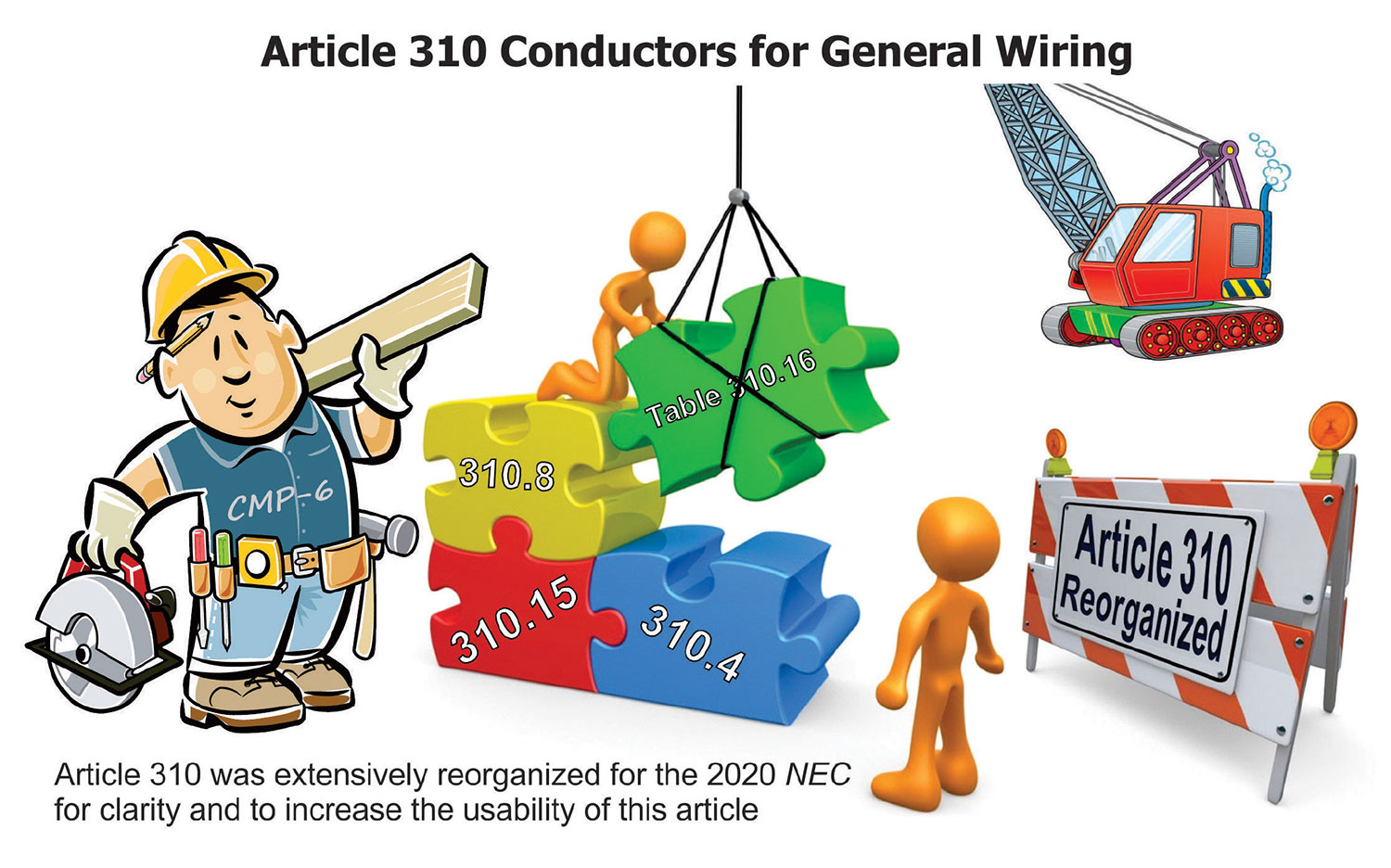
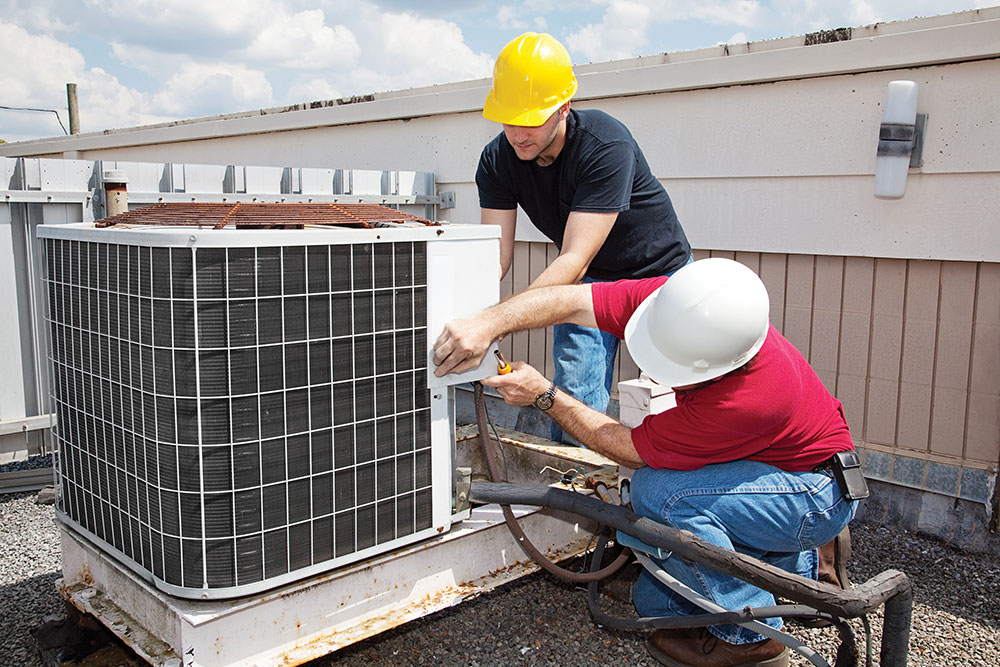

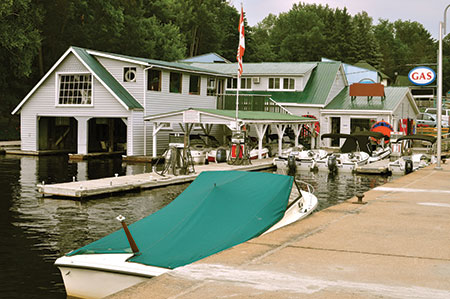


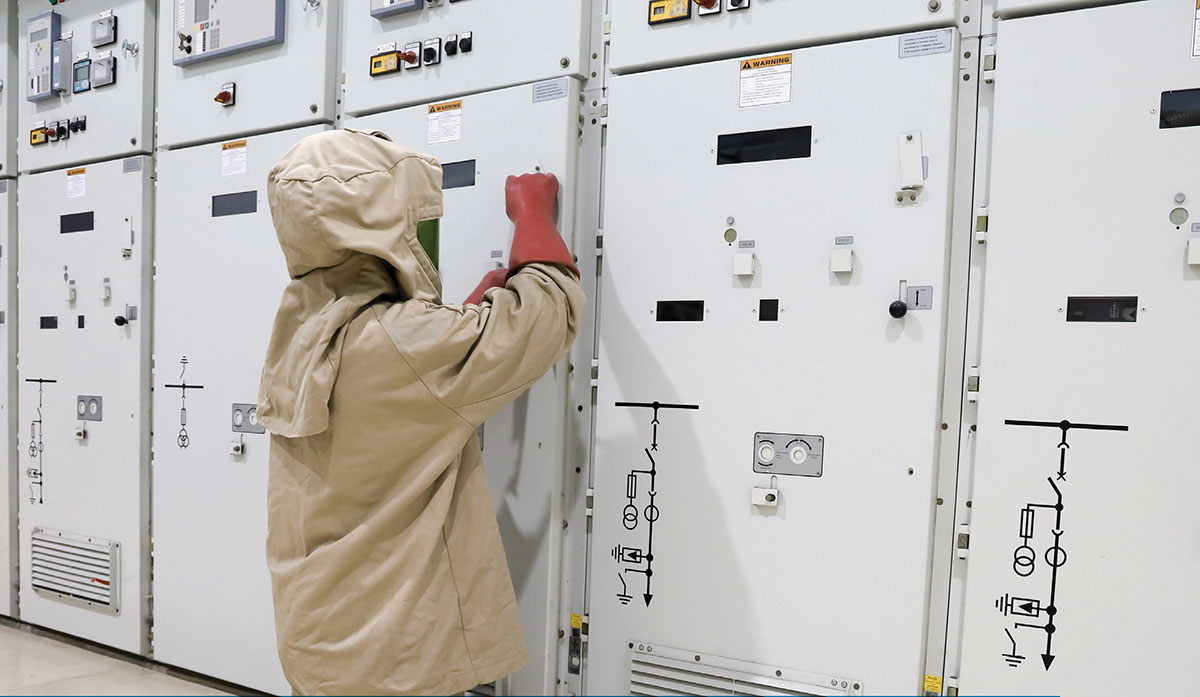

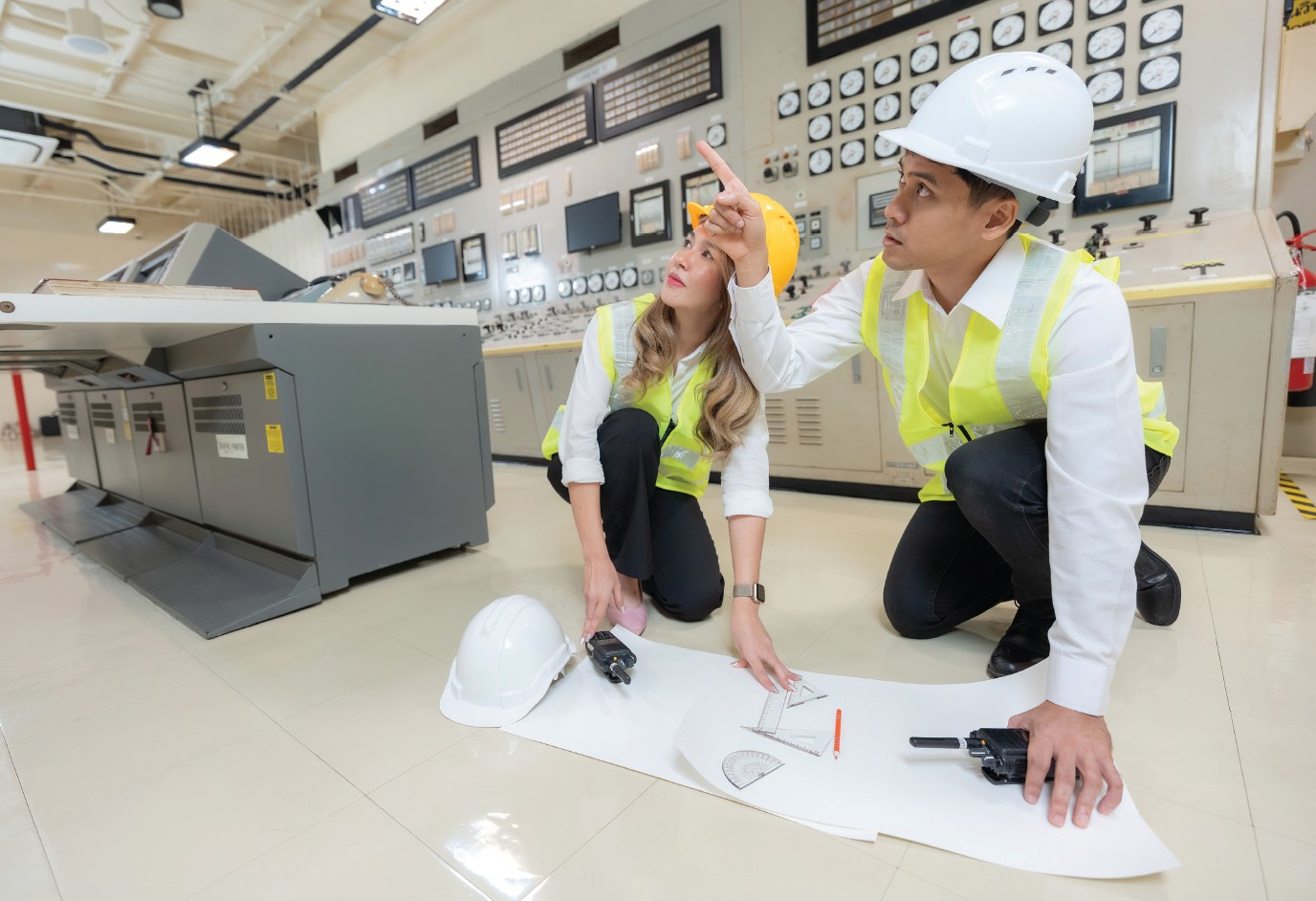
Find Us on Socials